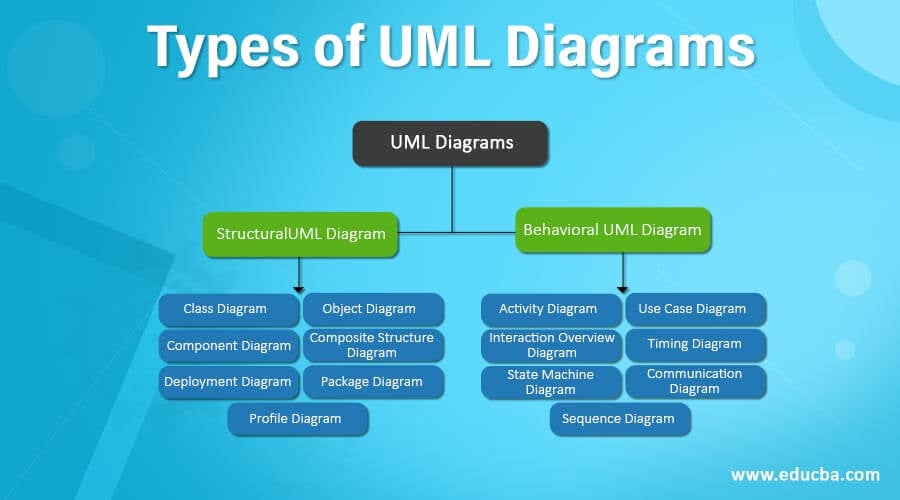

Gantt charts display a project schedule or show changes in activity over time. The chart can then be enhanced with analytics like cluster analysis or trend lines. A scatter plot presents lots of distinct data points on a single chart. Scatter plots are an effective way to investigate the relationship between different variables, showing if one variable is a good predictor of another, or if they tend to change independently.

Density maps are most effective when working with a data set containing many data points in a small geographic area. Density Mapsĭensity maps reveal patterns or relative concentrations that might otherwise be hidden due to an overlapping mark on a map-helping you identify locations with greater or fewer numbers of data points. If you have geographic information associated with your data, maps are a simple and compelling way to show how location correlates with trends in your data. Maps are a no-brainer for visualizing any kind of location information, whether it’s postal codes, state abbreviations, country names, or your own custom geocoding. Instead of making a pie chart the focus of your dashboard, try using them to drill down on other visualizations. Since the viewer has to create context on their own, key points from your data are missed. Alone, a pie chart doesn’t give the viewer a way to quickly and accurately compare information. Pie charts are powerful for adding detail to other visualizations. The result is a simple, straightforward way to visualize changes in one value relative to another. Use line charts to view trends in data, usually over time (like stock price changes over five years or website page views for the month). The line chart, or line graph, connects several distinct data points, presenting them as one continuous evolution. Bar charts are especially effective when you have data that can be split into multiple categories. You can use them to quickly compare data across categories, highlight differences, show trends and outliers, and reveal historical highs and lows at a glance. The curve informs the mind, awakens the imagination, convinces.”īar charts are one of the most common data visualizations. The profile of a curve reveals in a flash a whole situation - the life history of an epidemic, a panic, or an era of prosperity. Hubbard, Creator of the Periodic Table of Elements said, “There is magic in graphs. You’ve got data and you’ve got questions, but what's the best way to visualize that data to get the answers you need? Transforming data into an effective visualization or dashboard is the first step towards making your data make an impact.Īs Henry D. Reference Materials Toggle sub-navigation.Teams and Organizations Toggle sub-navigation.


 0 kommentar(er)
0 kommentar(er)
